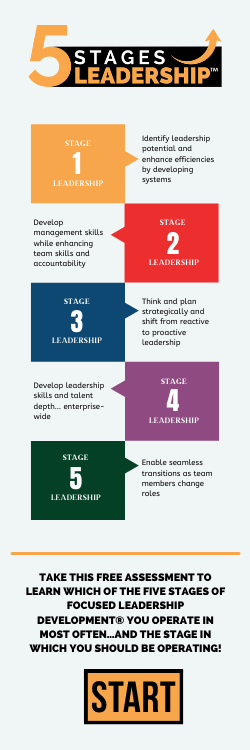What can basic random words, adjectives, tell you about your leadership? I believe quite a bit. Let me explain. Last week a colleague and I were discussing various ways to help leaders visualize and internalize specific changes needed to help them, their teams, and their organizations to be even more effective. A simple way to do this is to simply analyze your leadership adjectives. The words used to describe your leadership often describe your leadership challenges.
The words used to describe your leadership often describe your leadership challenges.
An easy way to help you to hone in on some of your leadership challenges is to first simply think about your company or organization as a whole. Then, write down all of the random adjectives you think of as you visualize various aspects of your company, it’s current operations, your aspirations and goals for the company, the frustrations you have with select individuals or entire teams, the anxiety you feel when you anticipate the new product launch or upcoming cash flow crunch, or the excitement you sense in the new Research and Development team. You may write down words such as Innovative, Talented, Aggressive, Aligned, Efficient, Profitable, Lean, Transparent, and Collegial or you may write down words such as Chaotic, Disorganized, Conflicted, Siloed, Inefficient, Cliquish, Under-skilled, or Unprofitable. Don’t worry about the order of the words you write down. Just write the descriptive words that come to you.
Then, take a break and shift gears. Do this exercise again. However, this time, channel your management team. What words would they envision as they think about your company, it’s operations, and employees? Again, don’t worry about the order of the words, just let your stream of consciousness flow and get the words down.
Do the same exercise one last time, but this time, you’ll channel your employees. What words do you envision your employees would use to describe the company, its operations, and you and the other members of the management team? Try not to project cynicism, but instead, try to document the words they may use given their perspectives, experiences, and the level of information and communication available to them. Again, let your stream of consciousness flow and get the words down.
Now, as you look across all three sets of descriptive words, what consistent themes do you see? What inconsistencies across the spectrum of people do you see? If you see consistencies across all three groupings, that’s good. Even if the adjectives that are consistent aren’t positive. The positive aspect of the exercise so far is at least everyone sees, is experiencing, or is aware of the same thing. That consistency will enable you to work together to address the challenges more effectively and quickly.
Things become more challenging when there are differences in how you, your managers, and employees see the company and its operations. These differences should immediately raise red flags for you. Why do you and your managers see things differently? Why do your managers and your employees see things differently? What’s causing these shifts in perspective and understanding? When you see things differently than your managers and your employees, you’ve got a leadership breakdown that’s causing an organizational breakdown.
When you see things differently than your managers and your employees, you’ve got a leadership breakdown that’s causing an organizational breakdown.
What can you do to get clarity on what you need to address? At a bare minimum, look at the adjectives you listed and compare it to the lists you anticipate your managers and employees would create. Why are there discrepancies? What’s causing the discrepancies?
Finally, whether your lists are fairly congruent or if they vary greatly, circle every negative adjective listed. Then ask yourself, Why is that word or are those words circled? What, which team or who is causing those words to populate? As you look at the words that are circled, is there a theme? Is there something that links several of these negative terms together? If so, what or who is it? Then underline every positive word listed. Again, is there a theme, is there something that links several of these positive terms together? If so, what or who is it?
If your lists are congruent, your leadership challenge isn’t too difficult to address. To start, confirm your concerns with the potential negative adjectives with a few managers and employees. If they affirm your thoughts, pull several managers and employees together to discuss and address the negative adjectives and potential issues raised. This becomes a great kick-off to have cross-functional teams work together to address issues together.
If on the other hand, your lists vary across each grouping, your leadership challenge becomes a bit more difficult initially. You’ll need to identify the breakdown of perspective, information, and communication across each group. Until you address that, you can’t expect your managers and teams to work well together to address many other organizational challenges. So where do you start? Leverage and build upon the positive themes and words that were underlined, and target the adjectives you circled. What positive words give insight into how you can leverage them to open channels of communication, enhance efficiencies, breakdown silos, develop stronger skills, and boost profits?
Random words alone can’t outline a clear leadership strategy by any means. However, they can help raise awareness, highlight themes and issues that are specific to an employee group, department or management team, and they can help you focus on which leadership challenge you need to address.
They may be random words, but your leadership adjectives are telling you your company’s story.
Copyright MMXIX – Liz Weber, CMC, CSP – Weber Business Services, LLC – www.WBSLLC.com +1.717.597.8890
Liz supports clients with strategic and succession planning, as well as leadership training and executive coaching.

























